Subscribe for Access
Discover how Ecosystem Intelligence (EI) and Ecosystem-Led Growth (ELG) are transforming B2B sales. Learn how tools like Crossbeam help sales teams prioritize smarter, uncover partner influence in Salesforce, and close deals 46% faster with real-time partner insights.

Ecosystem Intelligence: The Shortcut to Sales That Actually Close
Cold outreach is rapidly losing its effectiveness. Buyers are influenced by the people and partners they trust — often long before your rep ever gets a reply.
Modern sales success is powered by Ecosystem-Led Growth (ELG) — and the numbers don’t lie.
Organizations that are co-selling are seeing 46% faster sales cycles and a 53% higher close rate on partner-sourced leads compared to cold leads.
Your ecosystem is no longer just a support system; it’s a competitive weapon. That’s where Ecosystem Intelligence (EI) comes in; a real-time layer of partner context that lives where your reps already work: inside Salesforce.
In this article, we’ll break down how ecosystem-driven teams are using EI to prioritize smarter, move faster, and close more. And we’ll show you how your team can do the same.
If your sales team works in Slack, don’t forget to check this article. It includes three step-by-step plays to help you activate and share EI seamlessly within your sales workflow.
Buying signals — and why you needed it yesterday
Relying solely on traditional intent signals or basic lead scoring is no longer sufficient. Ecosystem Intelligence offers a significant advantage by providing real-time insights into where your partners are active, which accounts you share, and where they can influence deals.
Think of EI as X-ray vision for your CRM. It enables sales teams to identify which partners have influence in an opportunity, uncover co-sell potential before competitors do, and focus on warm, ecosystem-backed deals instead of cold ones.
For example, the Friendbuy teams used Crossbeam to activate EI and they saw serious results, like a 35% increase in partner-influenced pipeline.
“Now we’re thinking about how we leverage partnerships in the most important decisions that we make as a company and Crossbeam has helped make that happen because of all the data we’re able to see at a glance. We’re also able to show the impact partnerships have on the company’s bottom line and retention”. — Samantha Samuels, VP of Partnerships, Friendbuy
These successes highlight the transformative impact of EI on sales strategies. By integrating partner data directly into your CRM, your sales team can move beyond guesswork and prioritize efforts where they are most likely to succeed.
How to get started (without the heavy lift)
The key to adoption? Meet reps where they already are: Salesforce.
When you integrate a tool like Crossbeam directly into your CRM, your team gets instant visibility into:
- Which partners overlap on open opportunities.
- Which of your accounts are also your partners’ customers.
- Where influence is already happening behind the scenes.
Whether you use Crossbeam Copilot or Salesforce Dashboards and Reports, the most important thing is for your sales teams to have the Ecosystem Intelligence in real time and without adding another tool to their process.
Play one: Build aging deals Salesforce reports
Let’s say that your historical data shows that your company often loses deals if they are in the pipeline longer than 90 days. If you could get help from your partners with closing these at-risk deals, you think you could close a lot more of them.
Solution: Build an aging deals report in Salesforce to target these at-risk deals where they are also your partners' customer.
Here’s how you’ll do it:
- To build this, navigate to the "Reports" tab in Salesforce. In the "Report Type" options, click "All," and then type in "Crossbeam". Since you’re focusing on opportunities, make sure you choose the “Crossbeam Overlaps with Opportunity”. Now, you’re ready to click “Start Report”.

- In the column section, get rid of the “Crossbeam Overlap” filter, all you have to do is click the “x”. Now, expand the “Field area” and pick all the columns that are relevant for you. In this case, we’re going to add:
- Opportunity: Amount
- Opportunity: Close date
- Opportunity: Days in pipeline

- To better help your AEs, you’ll want to group your opportunities by their owner. To do so, click on the group field and search for “Opportunity: Opportunity Owner”.

- Now, it’s time to overlay partners! Go to filters and select “Partner Population “. (Follow all the filters and options shared on the following image). This will help you focus on your aging deals that are already customers of your partner.

- Now, to only see your open opportunities that have been open for 90 days or more, you need to select the filter “Opportunity: Days in pipeline”. Then, as the operator option, choose “greater or equal”, and enter 90 as a value.

- To avoid duplicates, go to the “Opportunity: Opportunity Name” dropdown, and click “show unique count”.

- Then click save and run. Don’t forget to write a description of your report so everyone knows what it is and how to use it.

This is an example of how your report can look:

If you want to learn more about this play, jump into this Crossbeam Academy course.
Play two: Build an EQL report
You're seeing results from Crossbeam, but you want to put partner data in motion for your GTM team using reports where they work daily… in Salesforce.
Solution: Build an EQL report — a detailed report of your partners’ customers.
Here’s how to do it:
- To create your Salesforce report, go to Reports and click “New Report”. Then select the “Crossbeam Overlaps with Accounts” report type. Finally, select “Start Report”.

- Just as with the previous play, the “Crossbeam Overlap” column will appear by default. To make this report work, make sure you remove that column.
- For this use case, we’re going to select the following fields:
- Partner name
- Partner population
- Partner AE
- Account owner

- Now it’s time to create your filters, so you can get rid of some noise and irrelevant ecosystem signals. To identify those important account overlaps, use the following filter:
- Filter: Partner populations, Operator: contains, and Value: customer

- Finally, save and run your report.

- Now, you have your EQL report using your Crossbeam custom object. Here’s how it should look:

Learn more about how to build a Salesforce report using your custom object here.
Play three: Find and action accounts using Salesforce
Let’s say you want to sell more efficiently, and you want to easily surface the best of the best accounts, and filter them by value, age, etc — based on play two.
Your next step: Use Copilot.
Here’s how you’ll do it:
- In Salesforce, access Reports. You might already have pre-made reports available to you. Click “All Folders” and look for the Crossbeam Reports folder. If it's there, you already have access to a collection of high-value reports.

- Access the Crossbeam Reports folder. From the list, choose a report: Ecosystem-Qualified Leads.

- Select an account from the report. In this case, this report shows you prospects who are a customer of at least one partner sorted by account owner. Find your accounts, and click one of your account's names.

- Then Review Crossbeam Copilot. Within the account, look at Crossbeam Copilot. Right away you’ll notice something exciting. This prospect is a customer of Bozala, and you have a really strong value story with Bozala (that’s why Bozala is labeled as “Best partner to work with”).

- Then click Generate AI Playbook to help generate potential next steps. Then, reach out to Bozala so you can pitch the stack together.

And this was just account one. There's a ton of accounts still in that list. You're going to have an exciting quarter!
The new revenue operating system
This shift to Ecosystem Intelligence represents more than just a tactical improvement. It’s a strategic transformation in how revenue teams operate. In the past, sales teams worked in silos. Now, the most forward-thinking companies are building connected, collaborative systems where partnerships play a central role in pipeline generation and deal acceleration.
By embedding partner data into Salesforce, organizations can elevate partnerships from a “nice to have” to a core part of the revenue engine. It’s no longer just about referrals or integrations — it’s about coordinated go-to-market execution across your entire ecosystem.
Book a free ELG strategy call to learn how to provide your AEs with real-time partner visibility inside Salesforce to prioritize better, move faster, and close more deals.
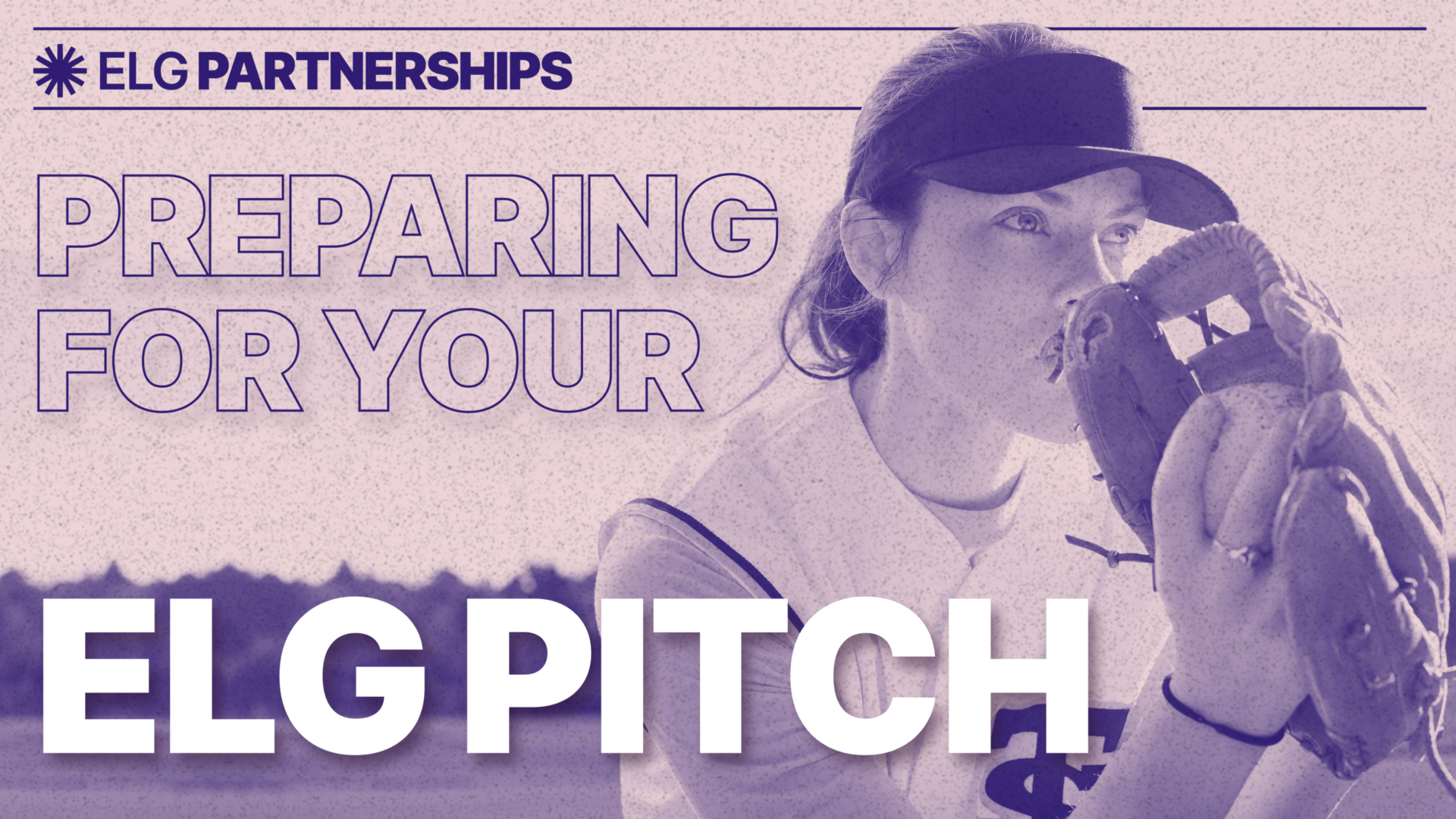
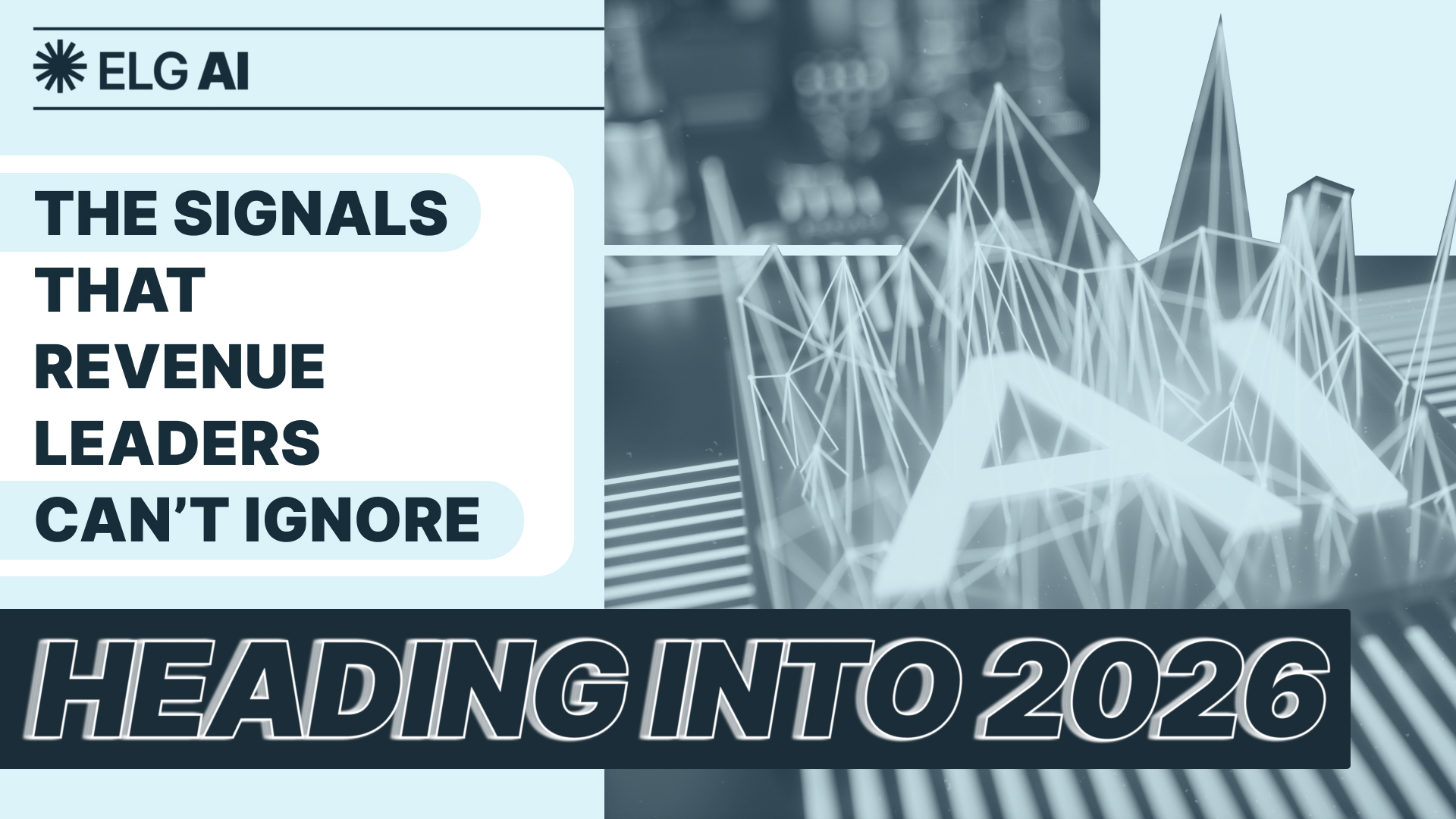
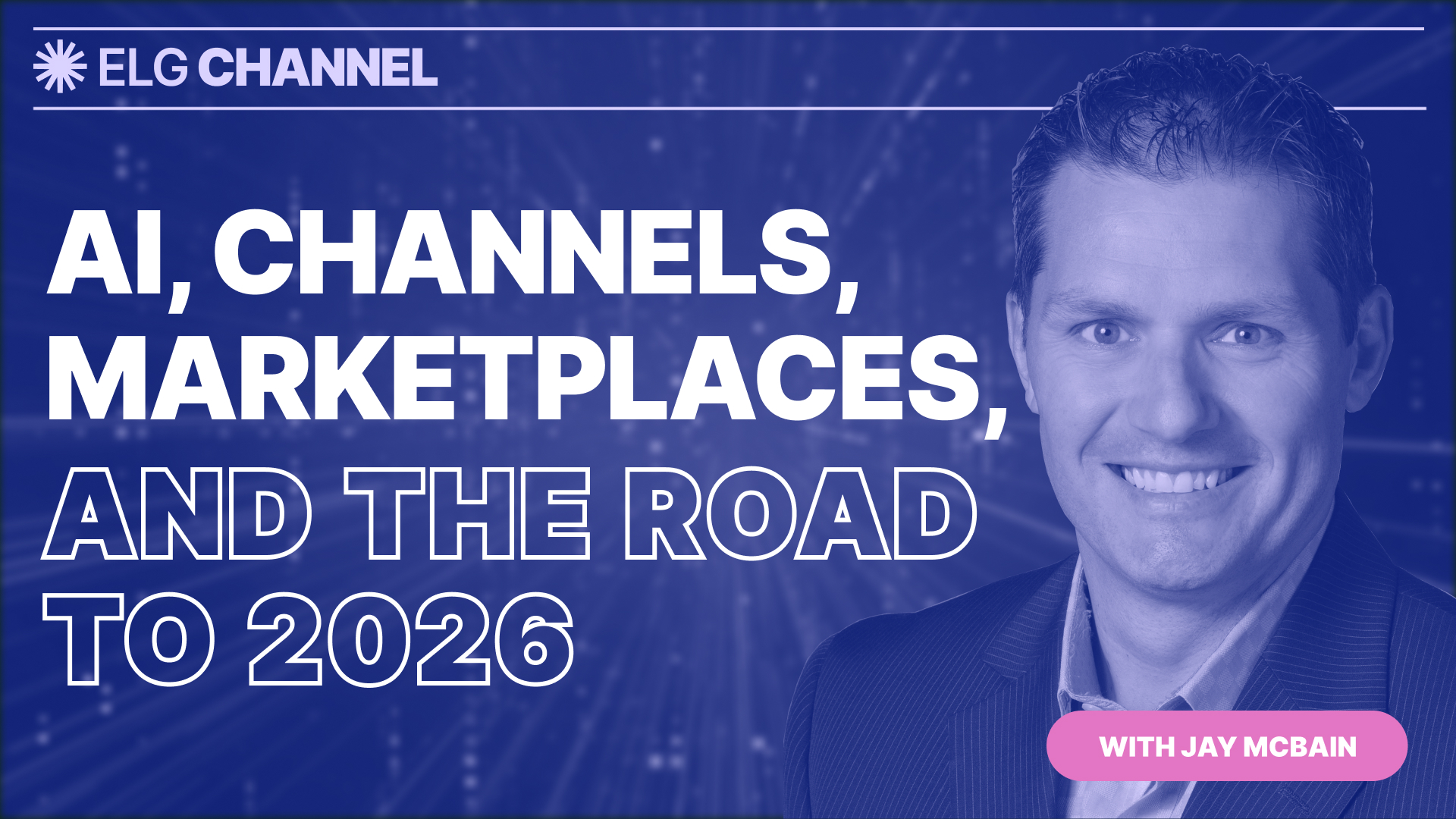
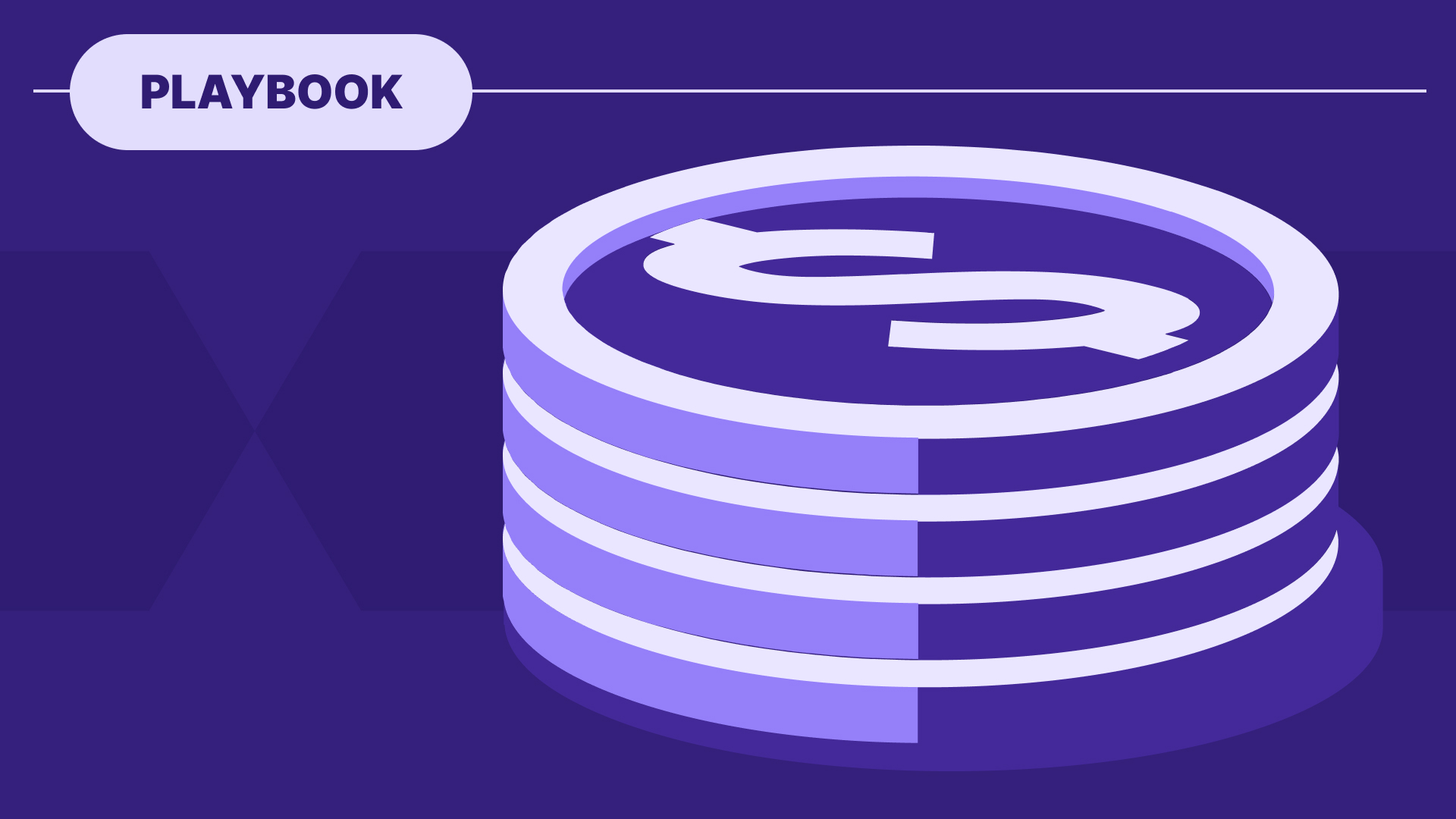
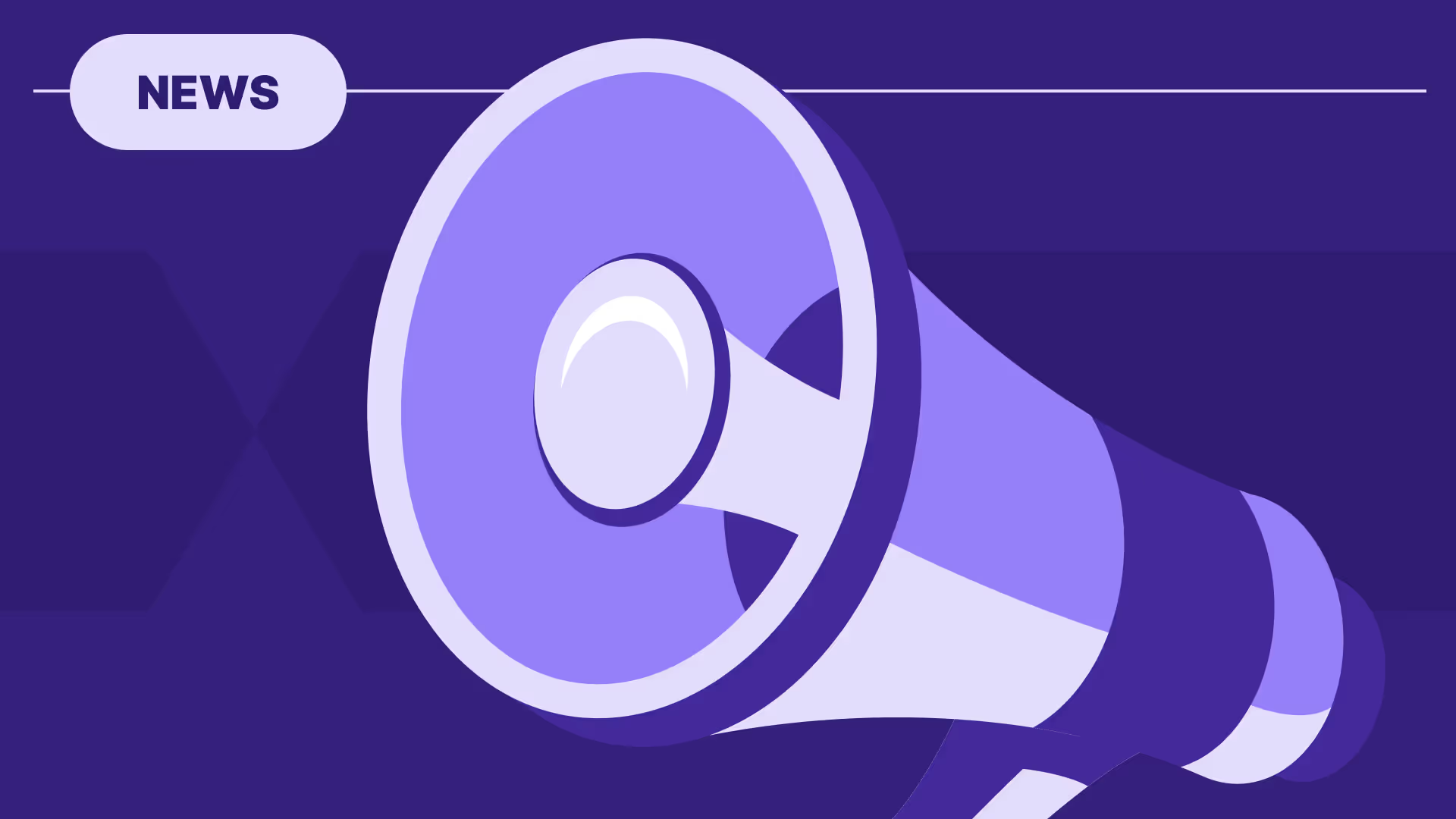
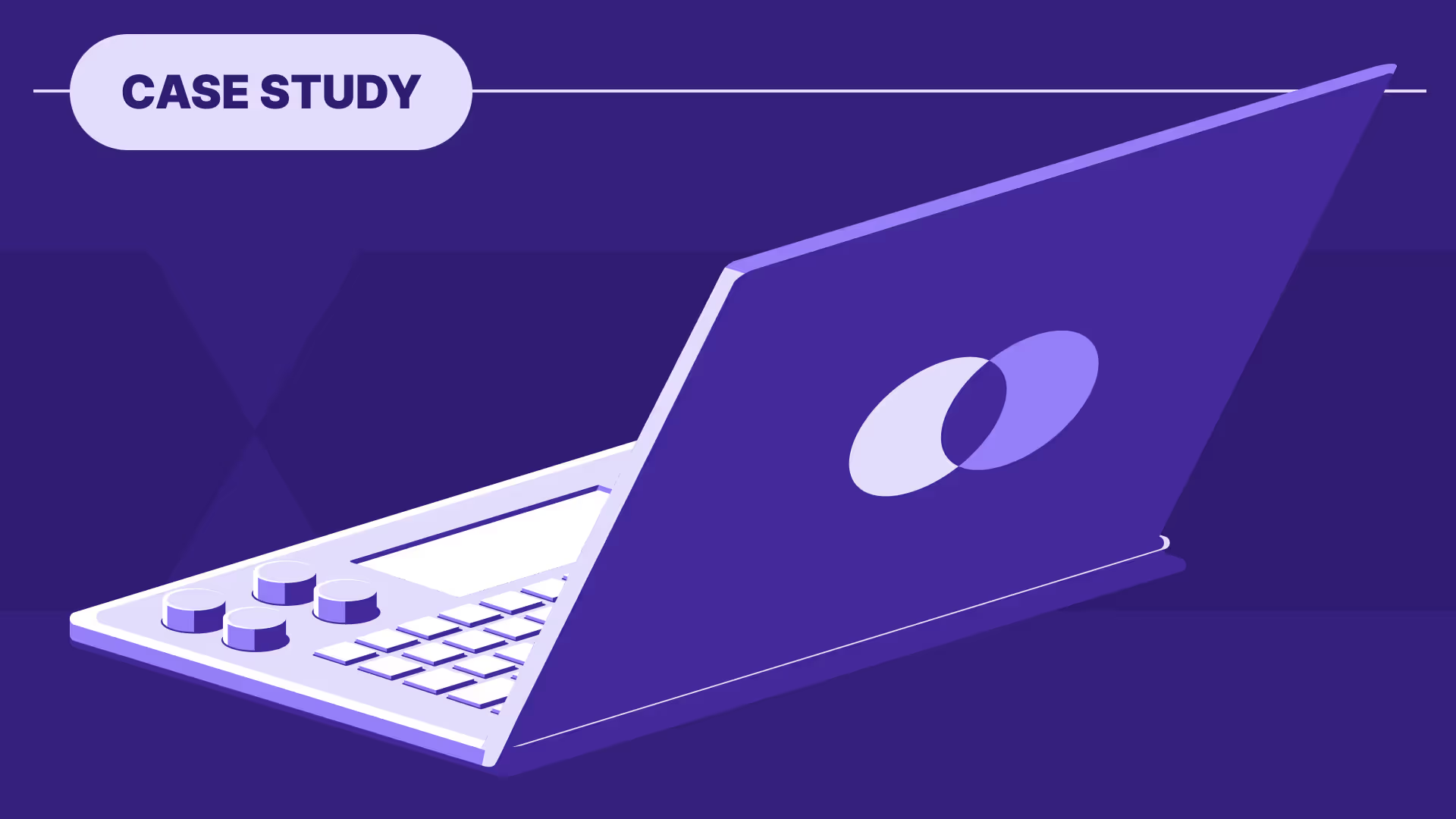
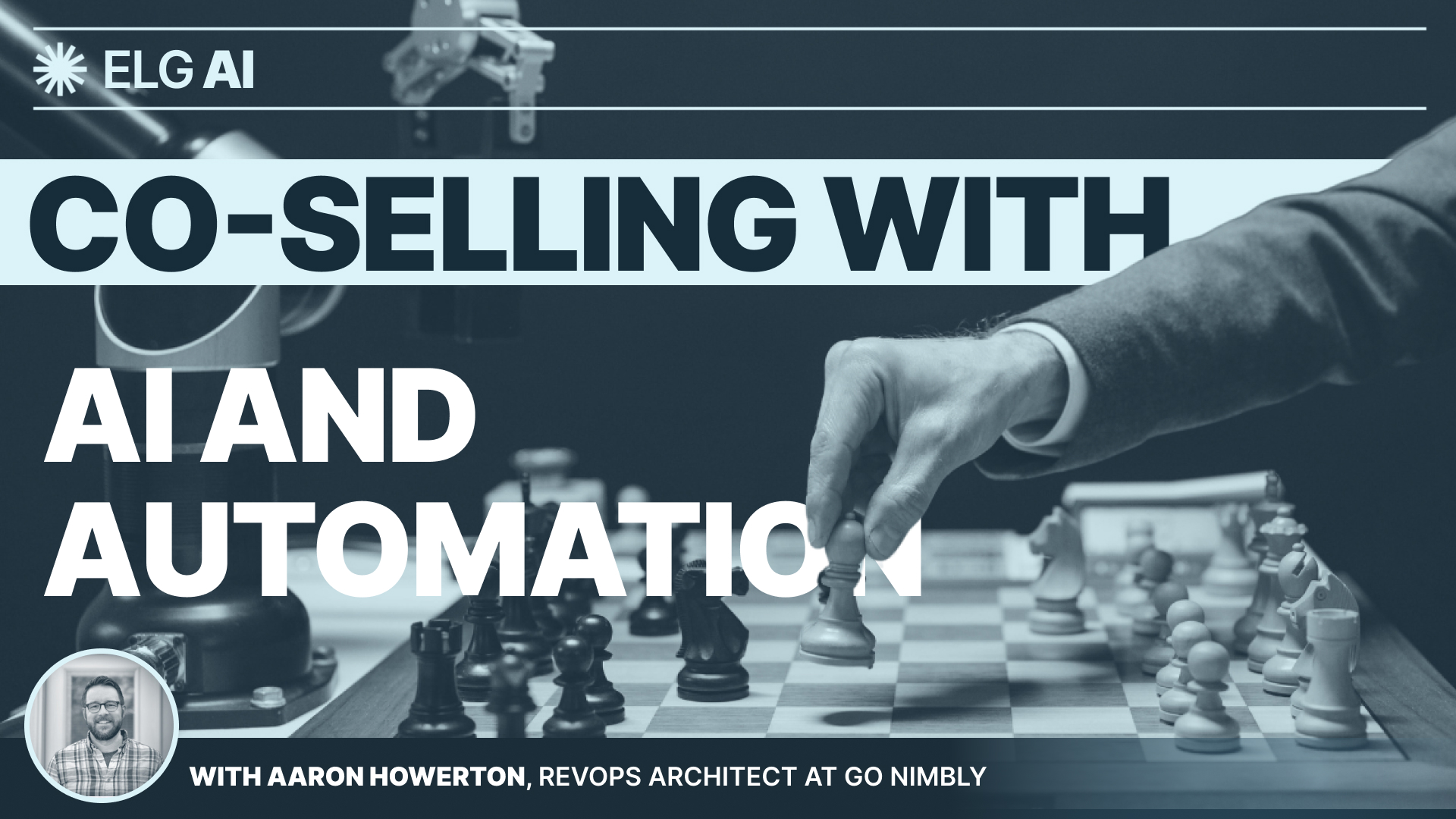
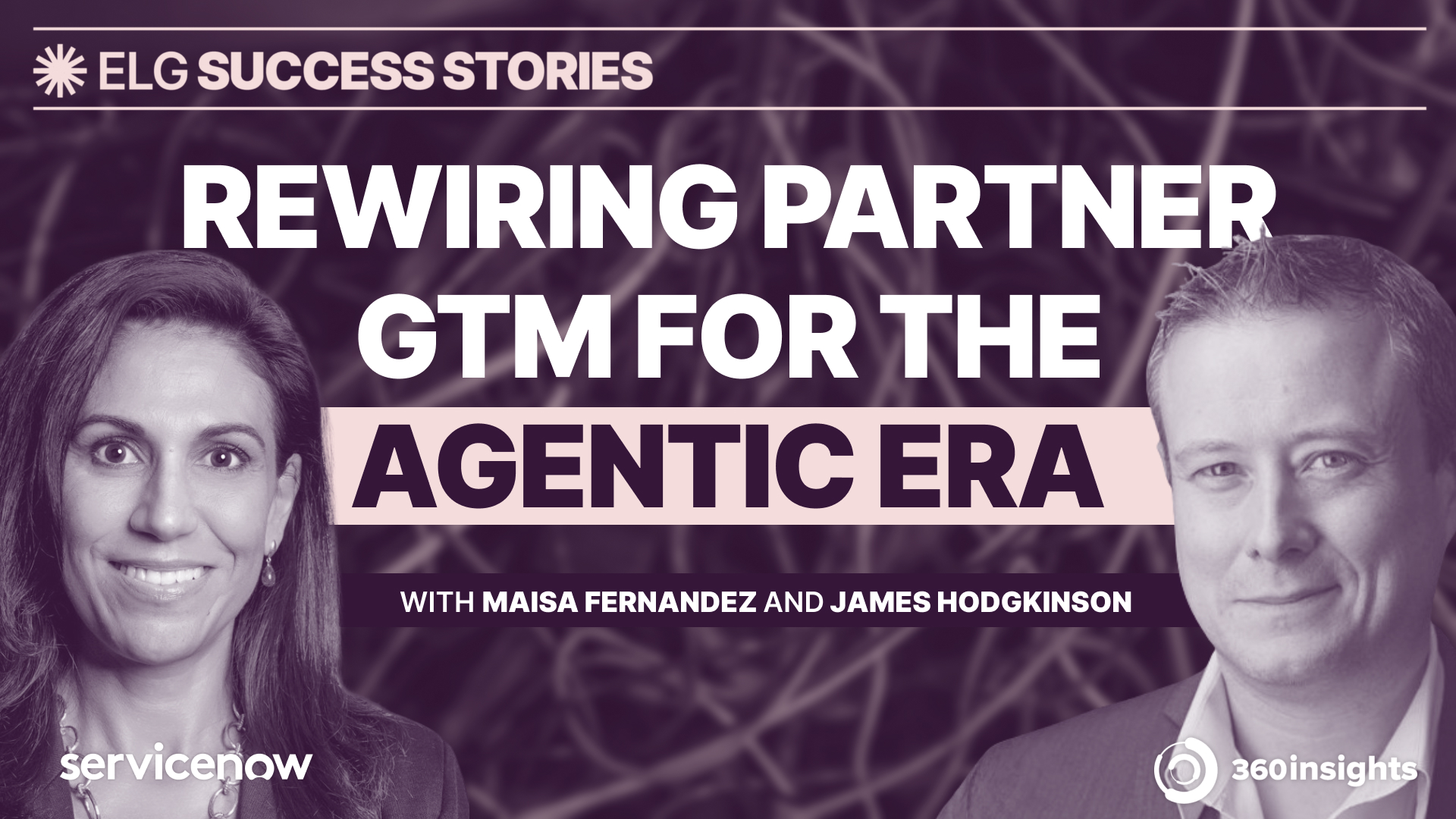
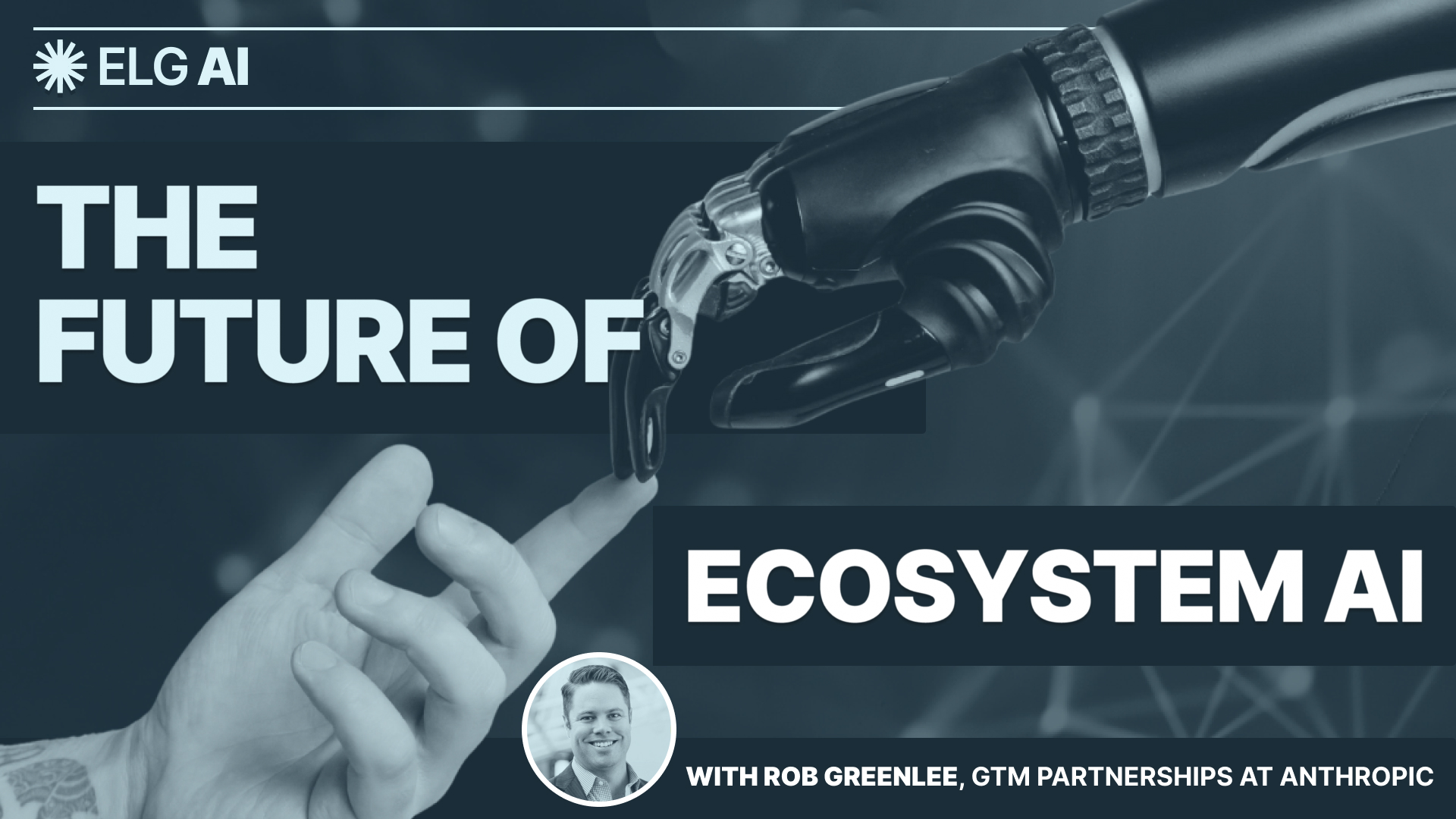
%20(1).jpg)
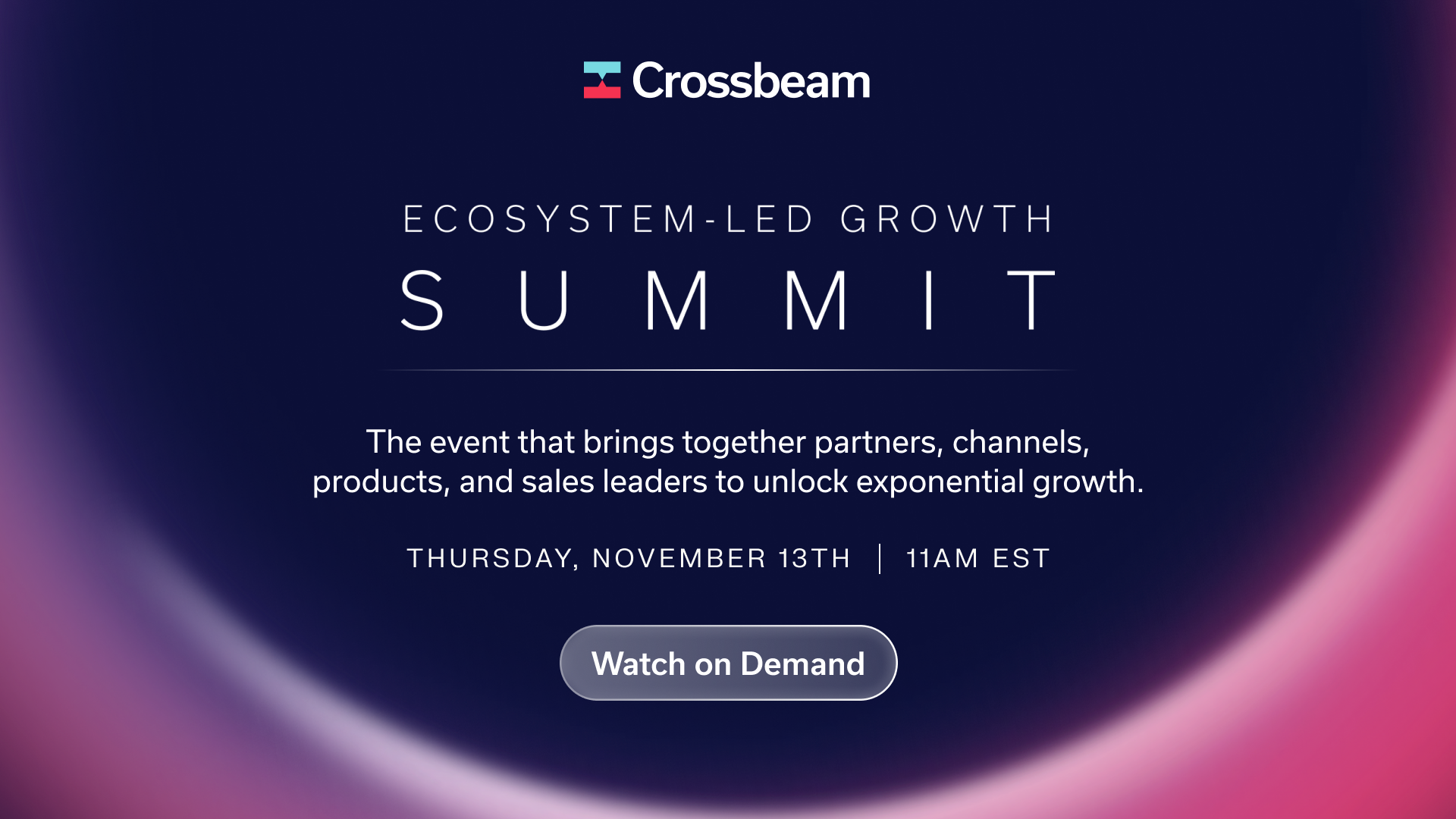

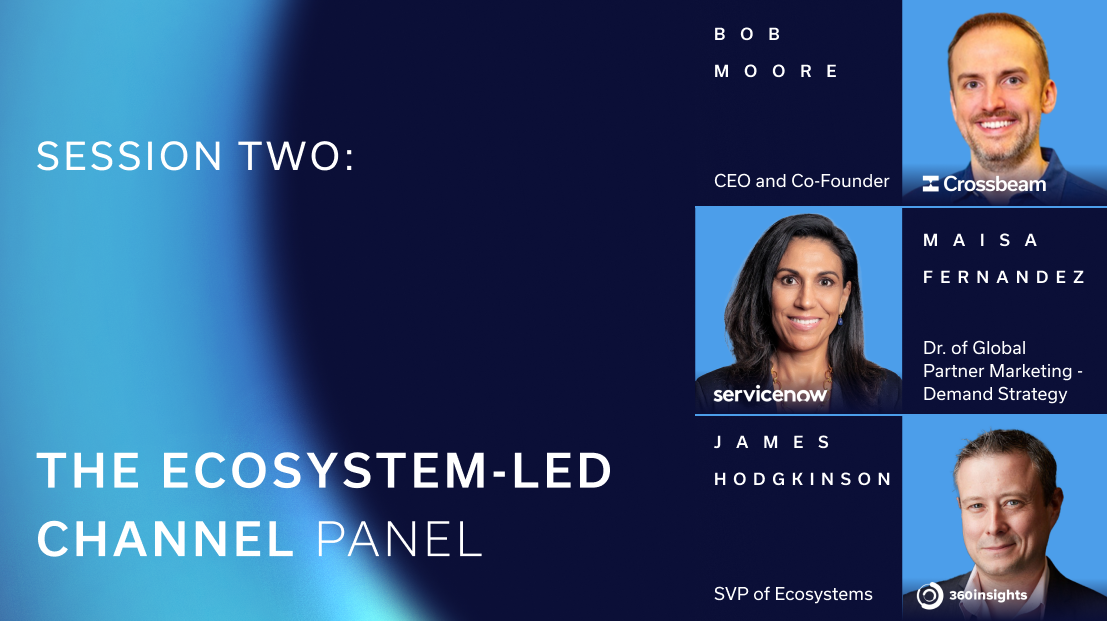
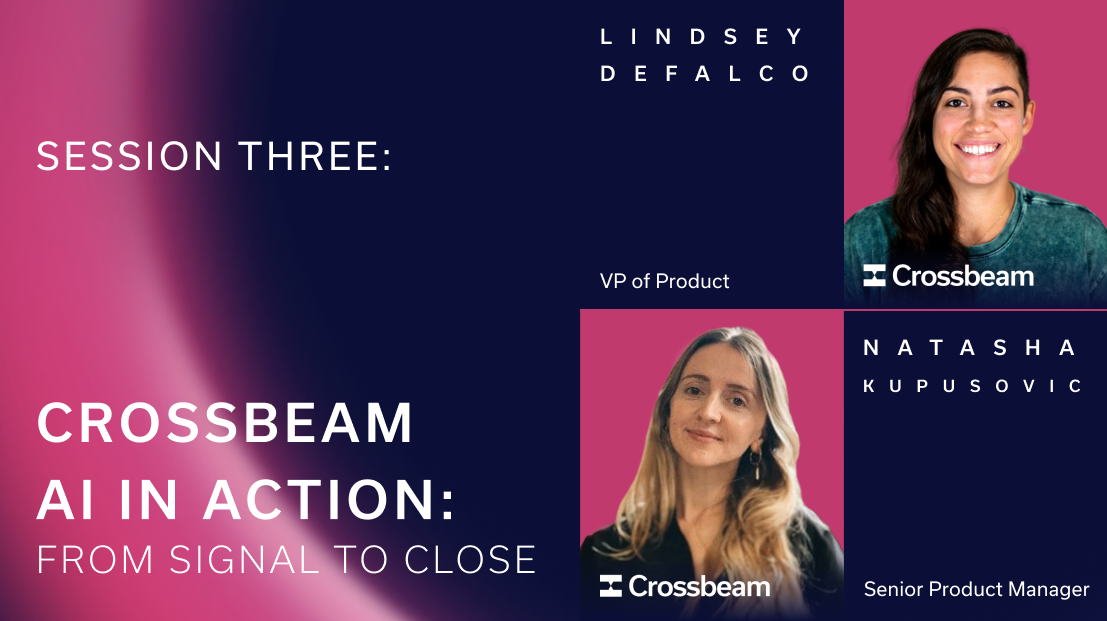


.png)
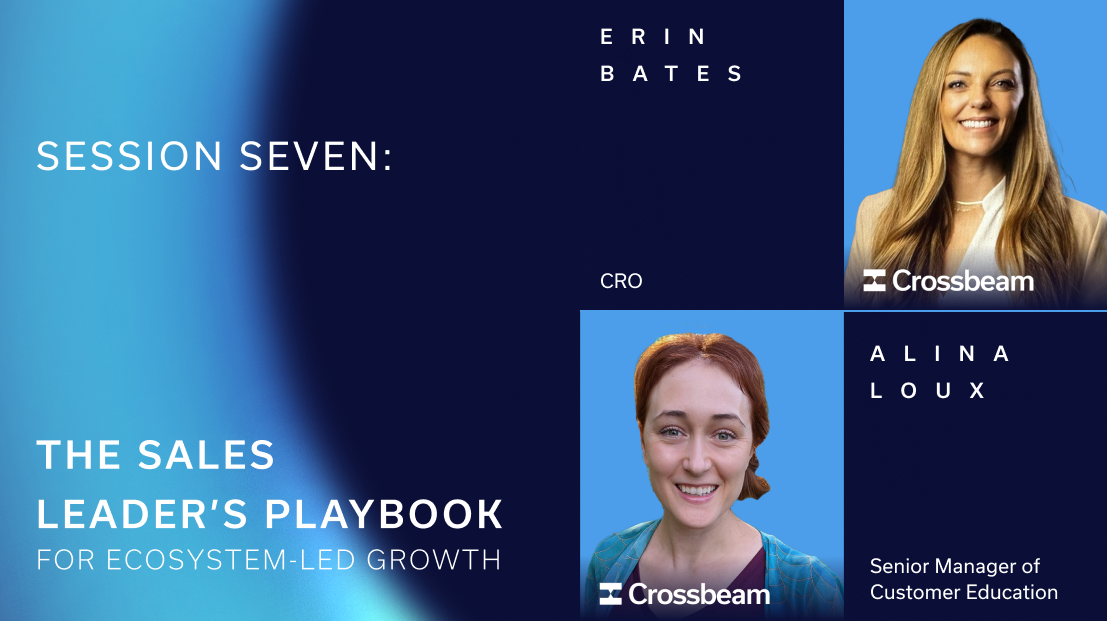


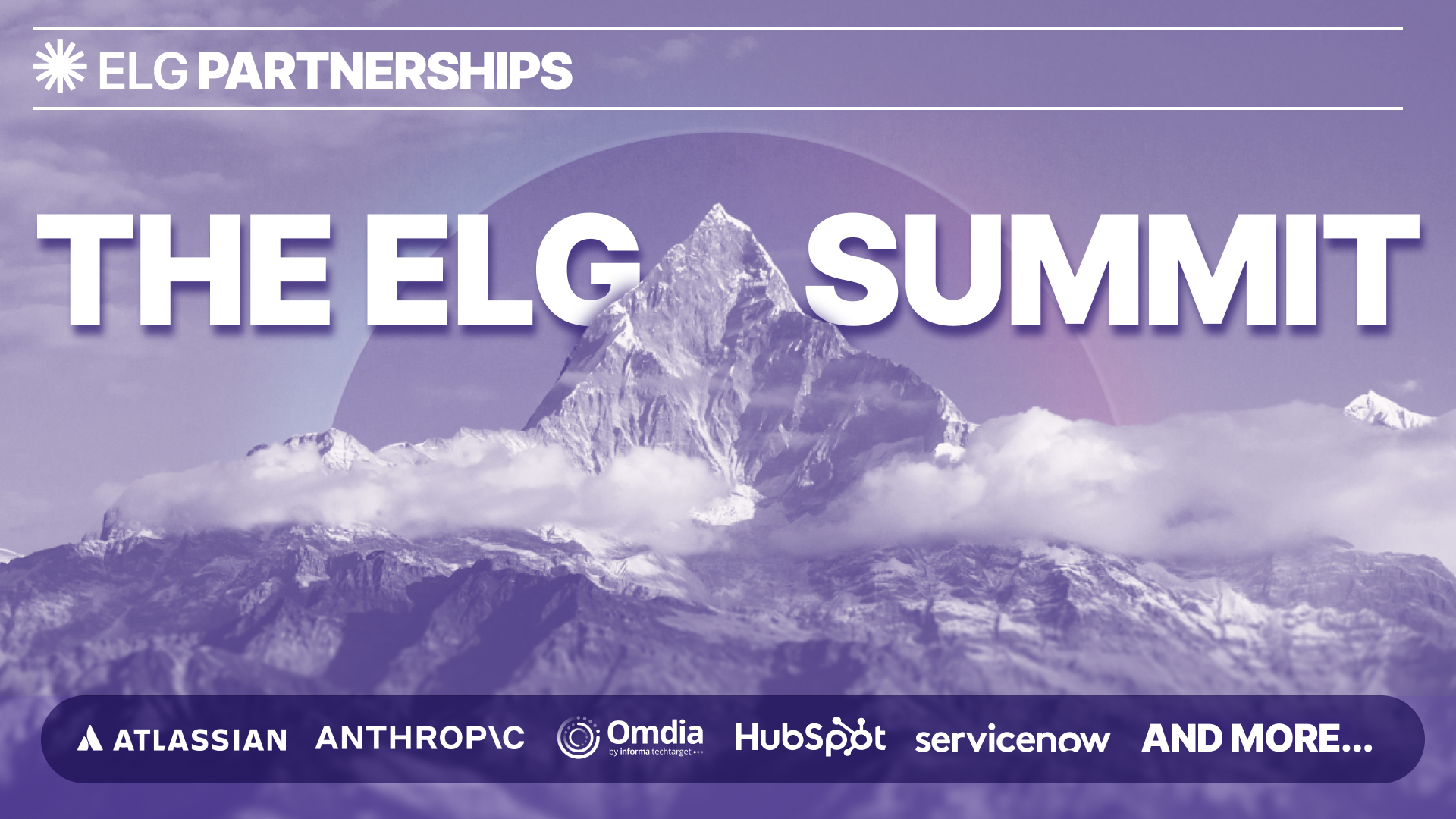

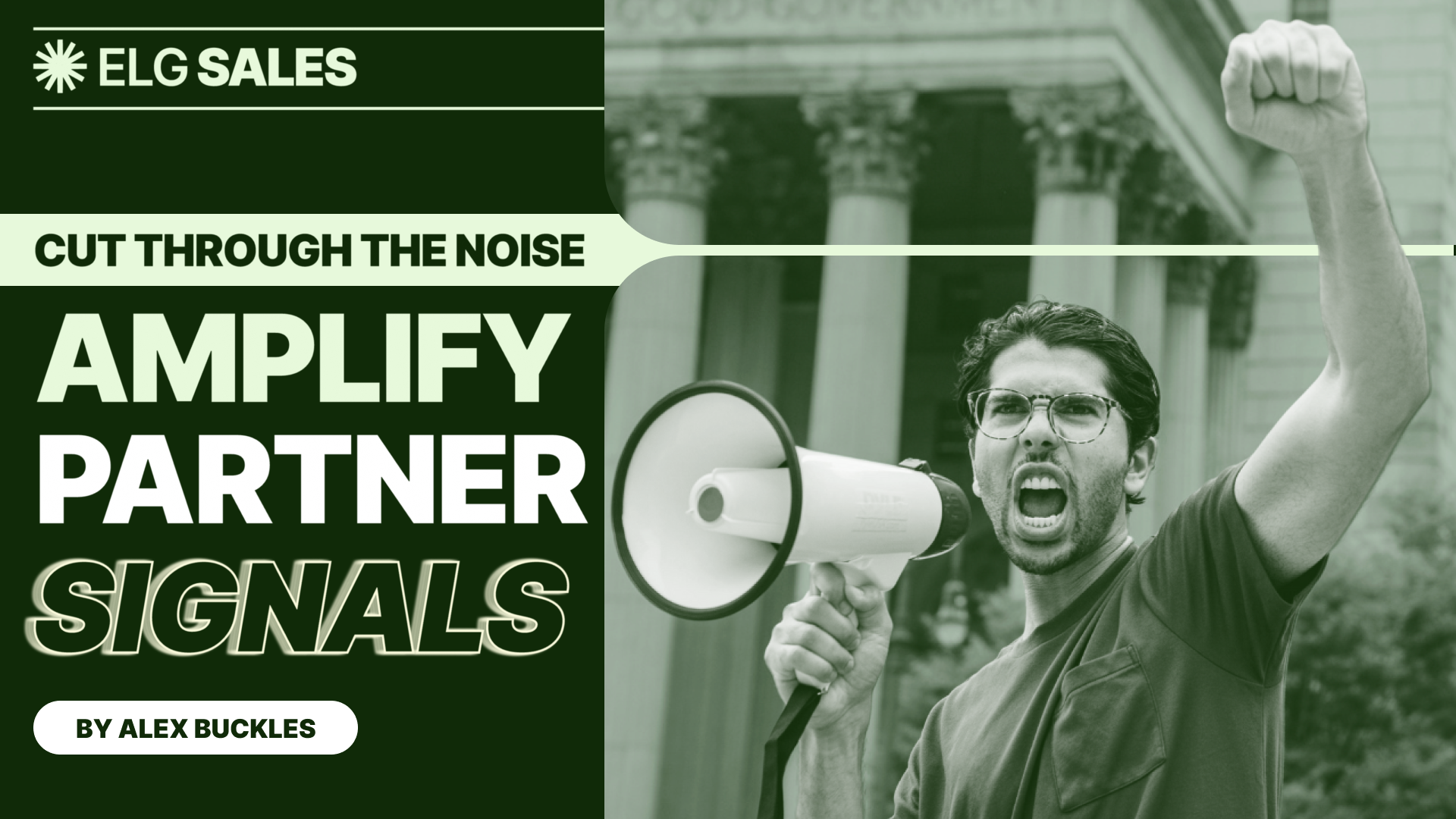
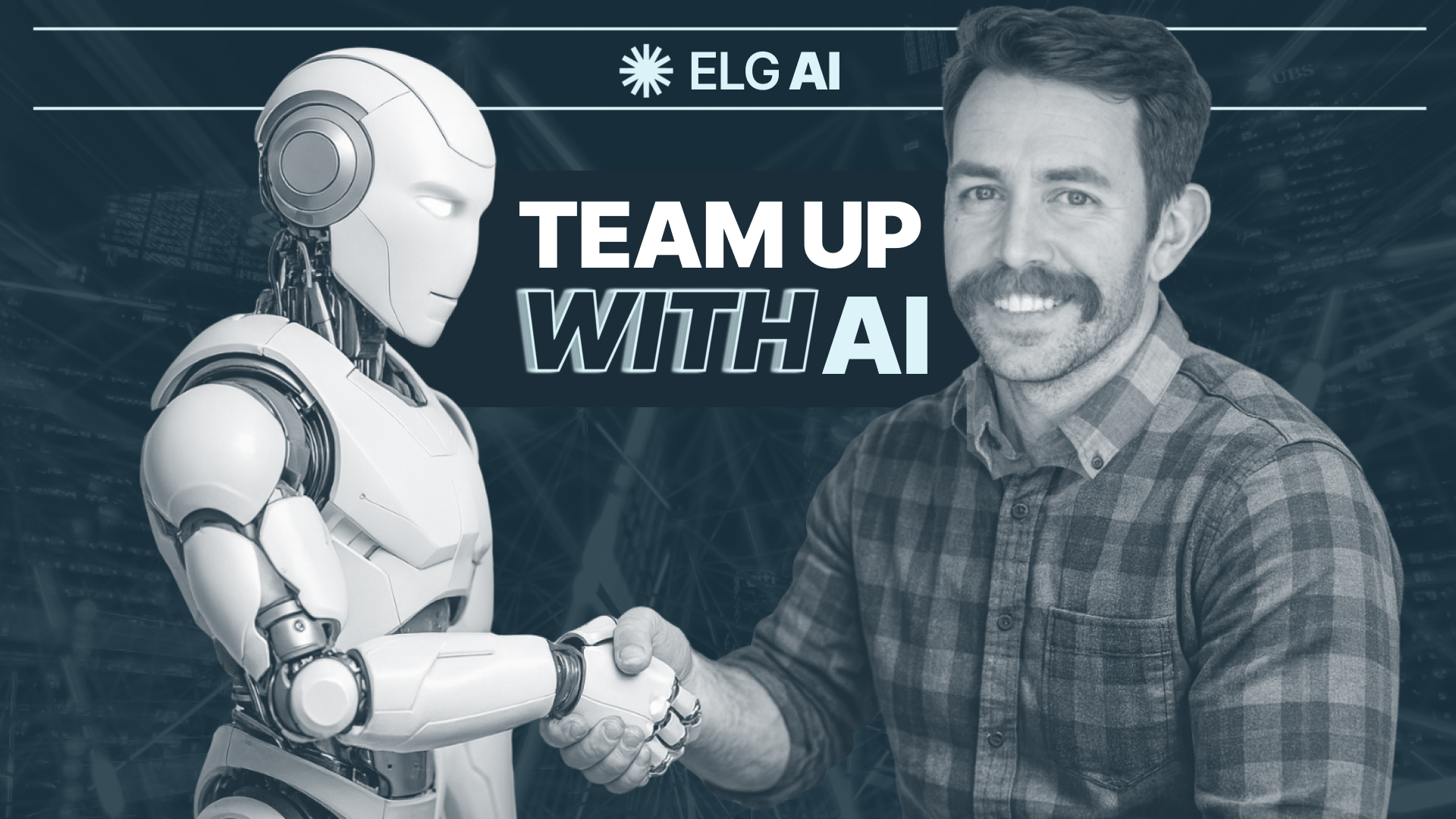





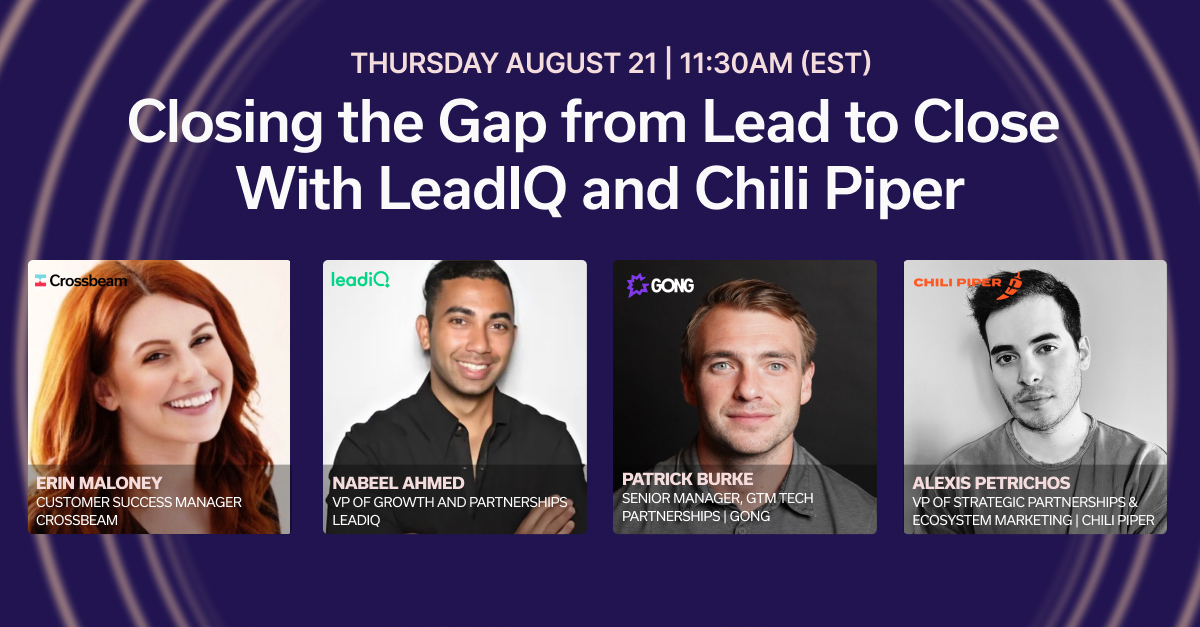

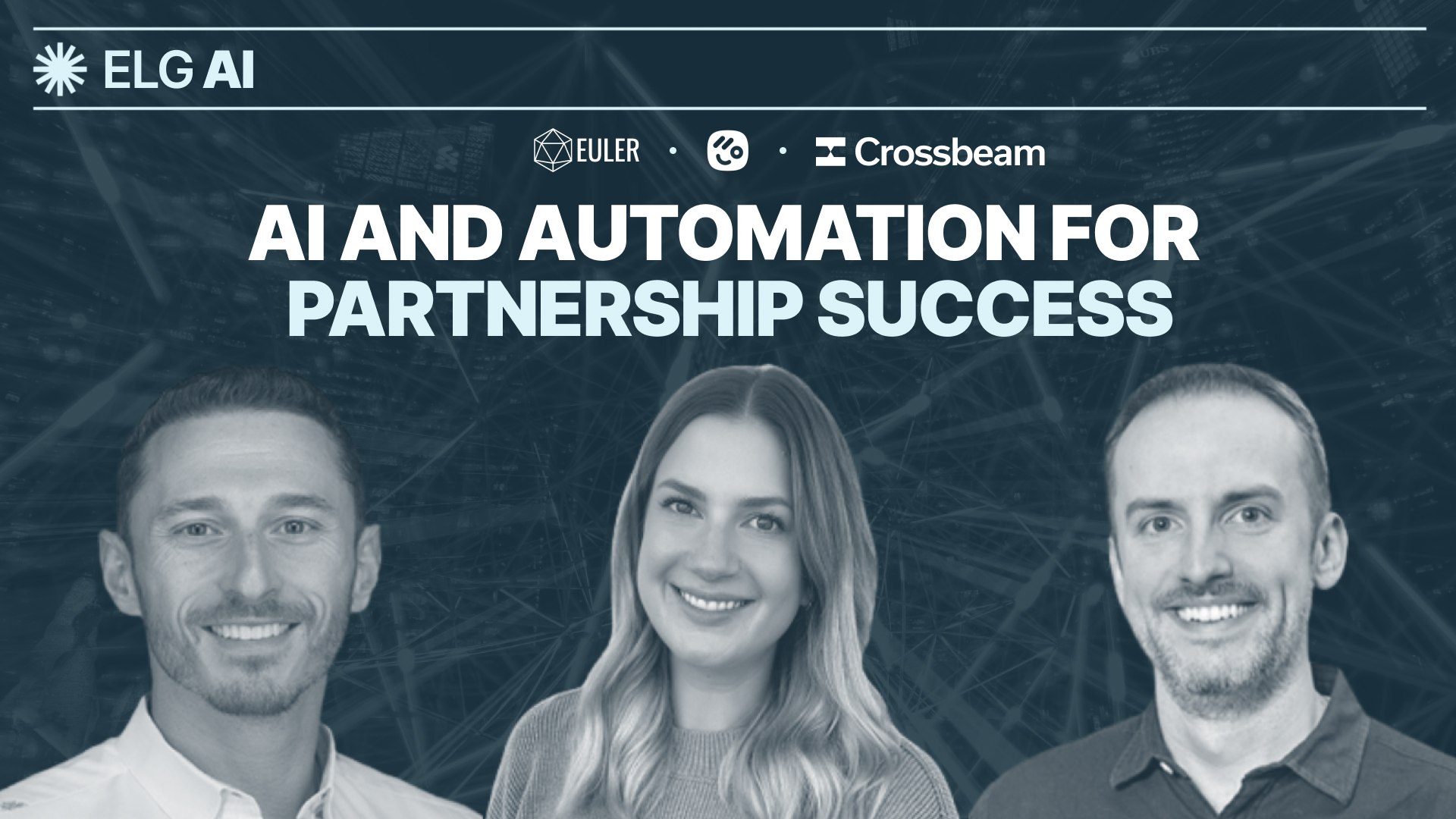
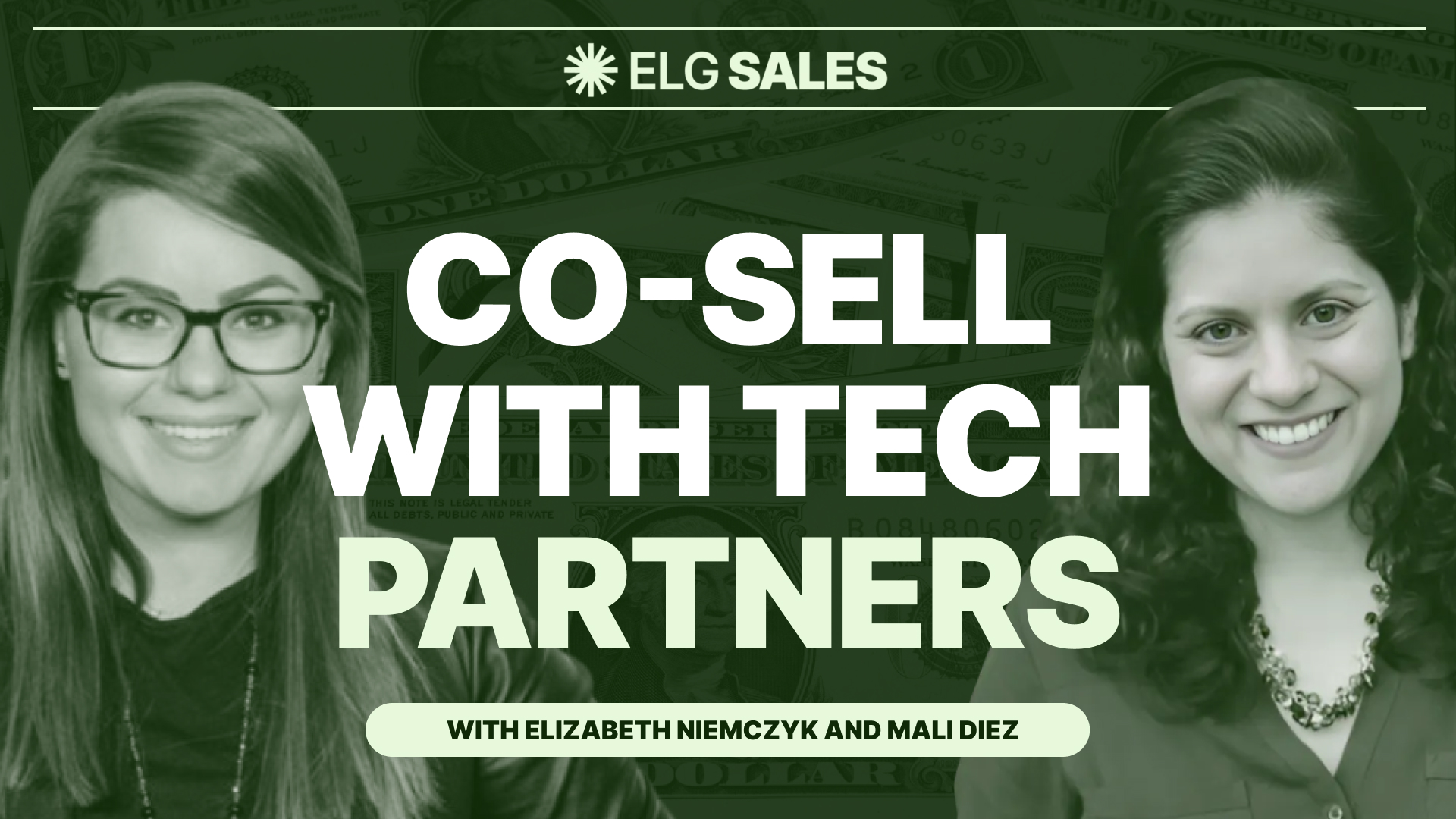
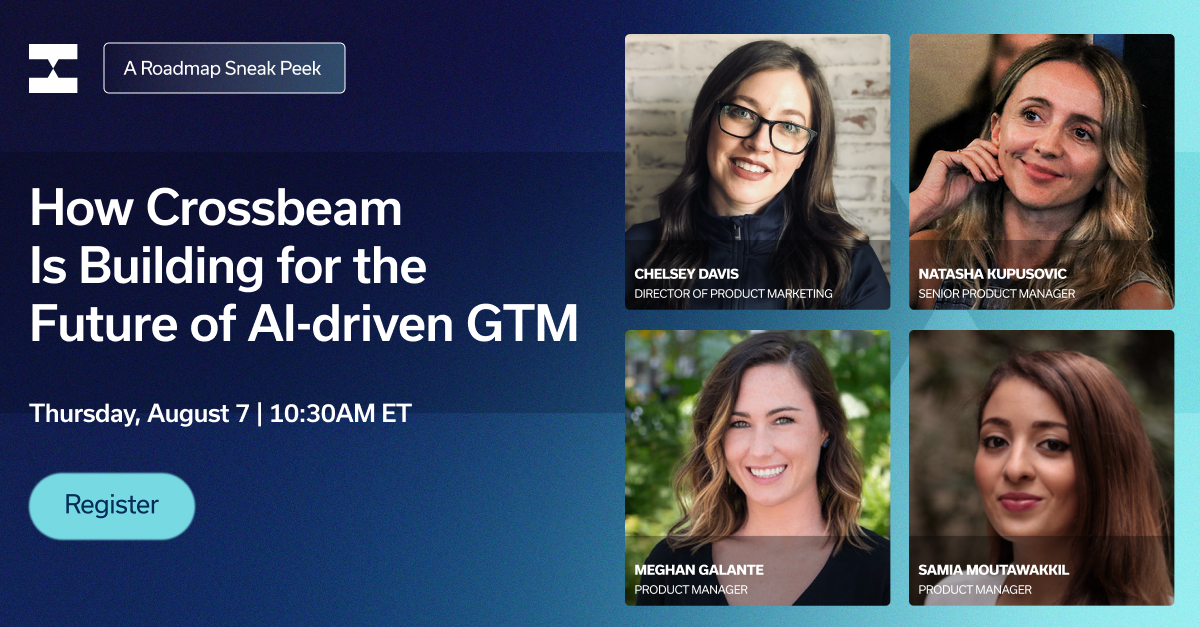
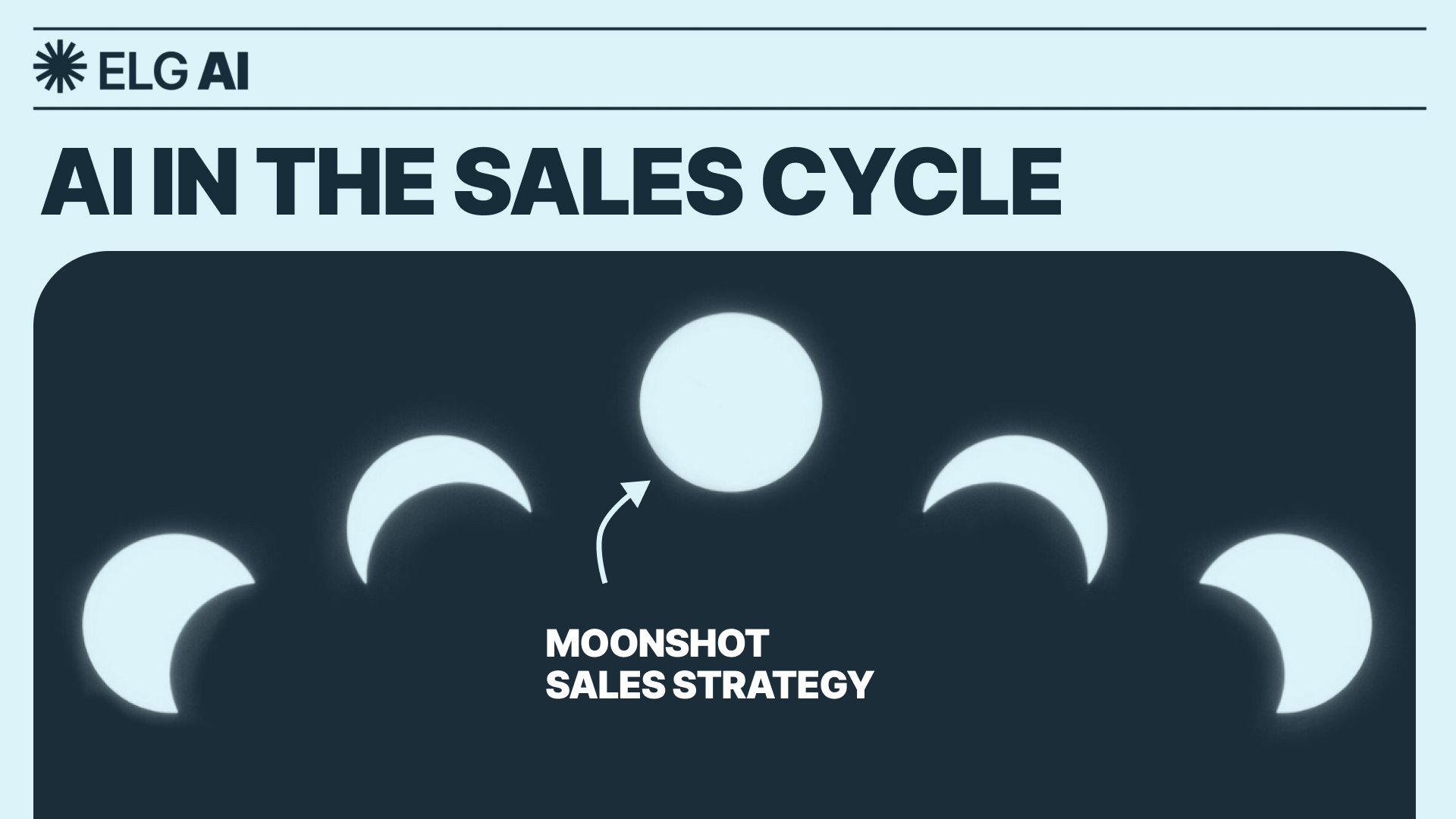

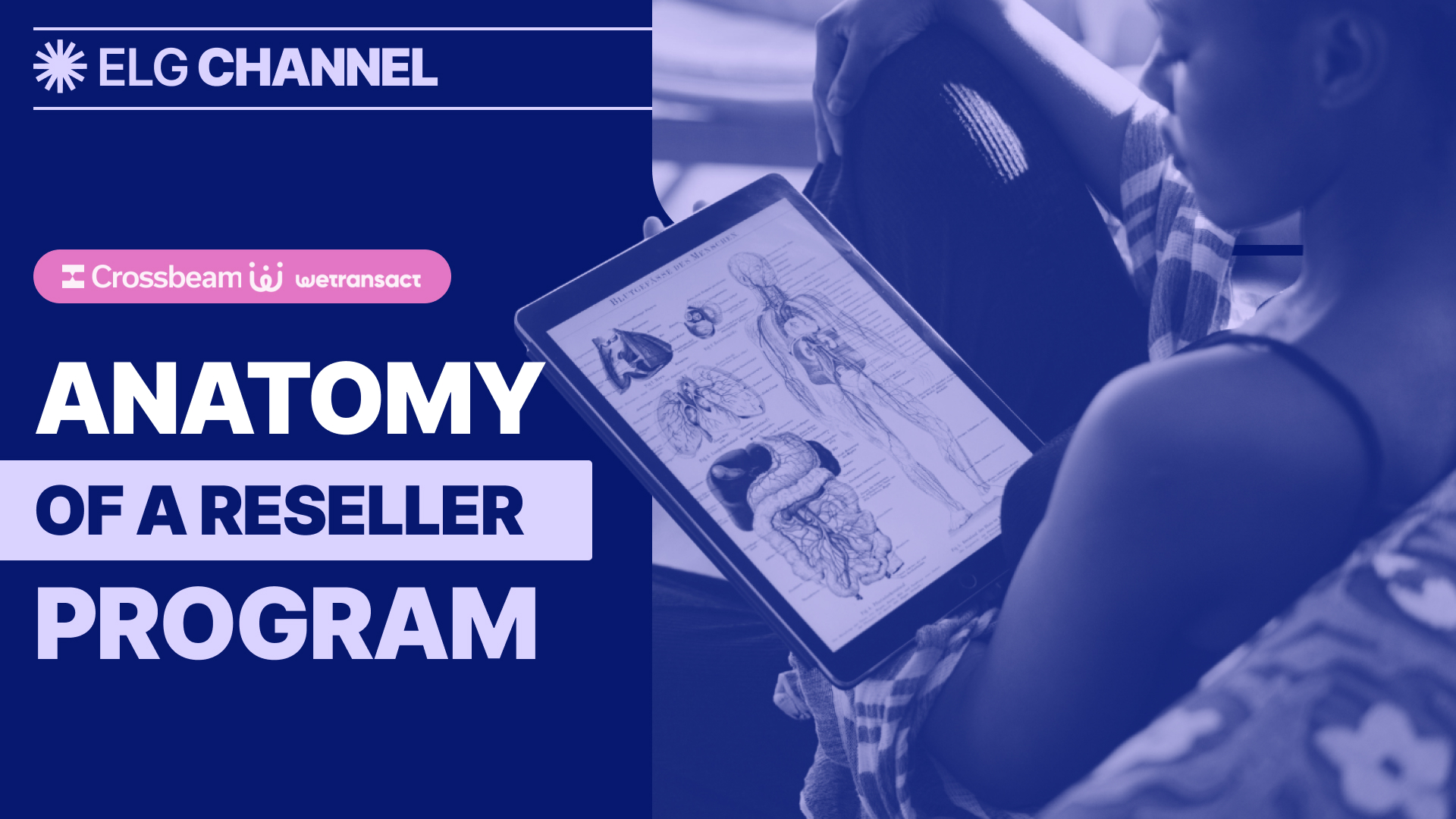

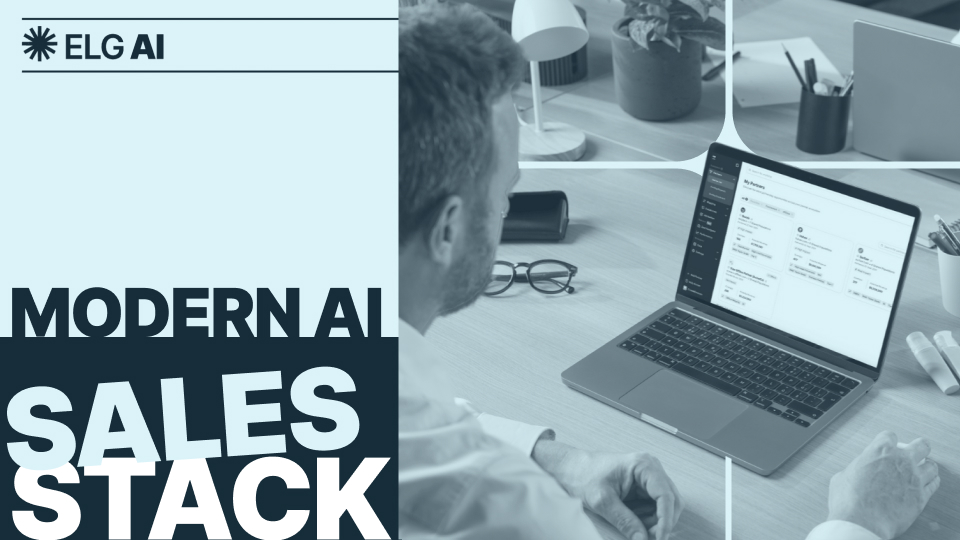
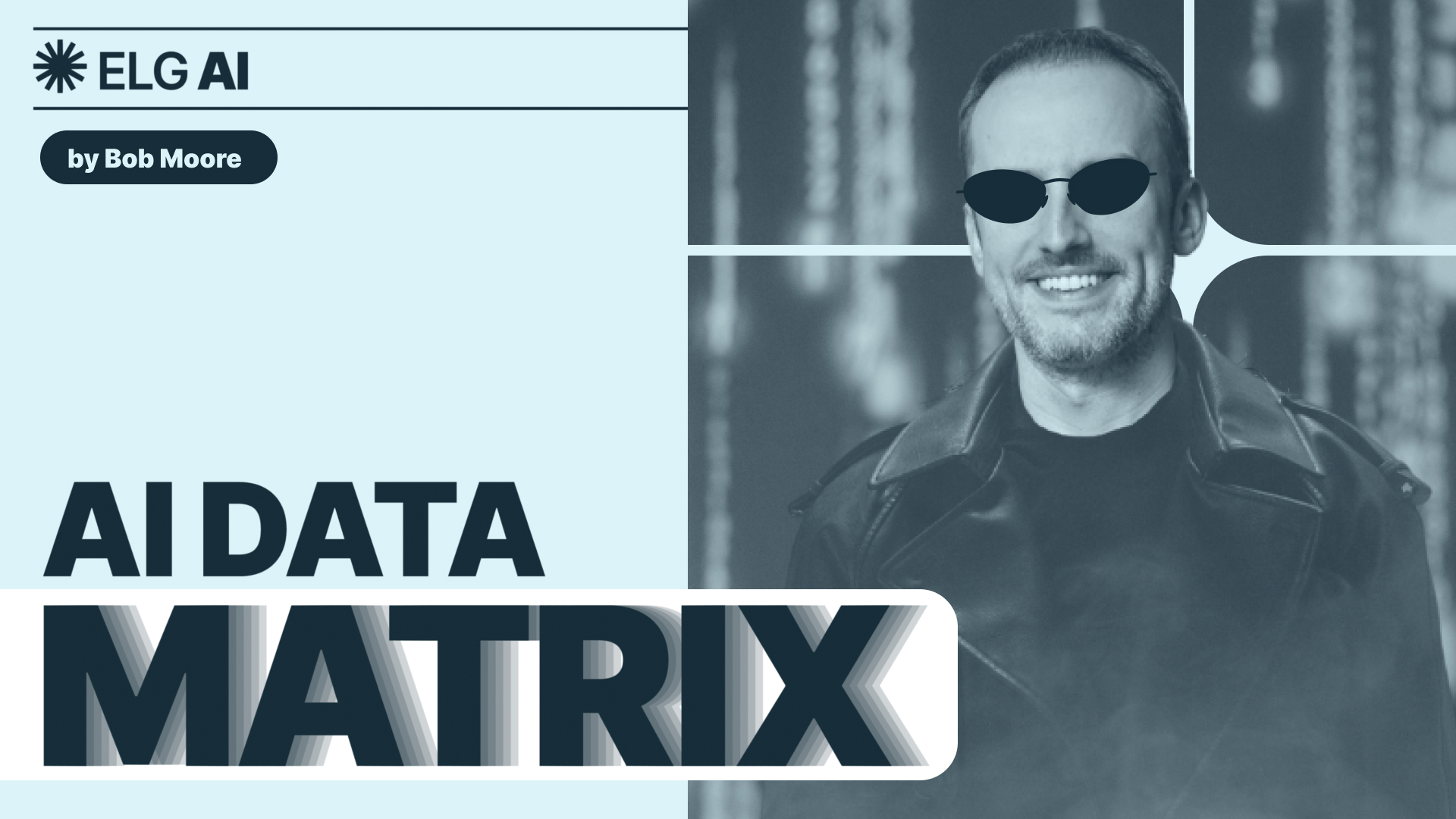
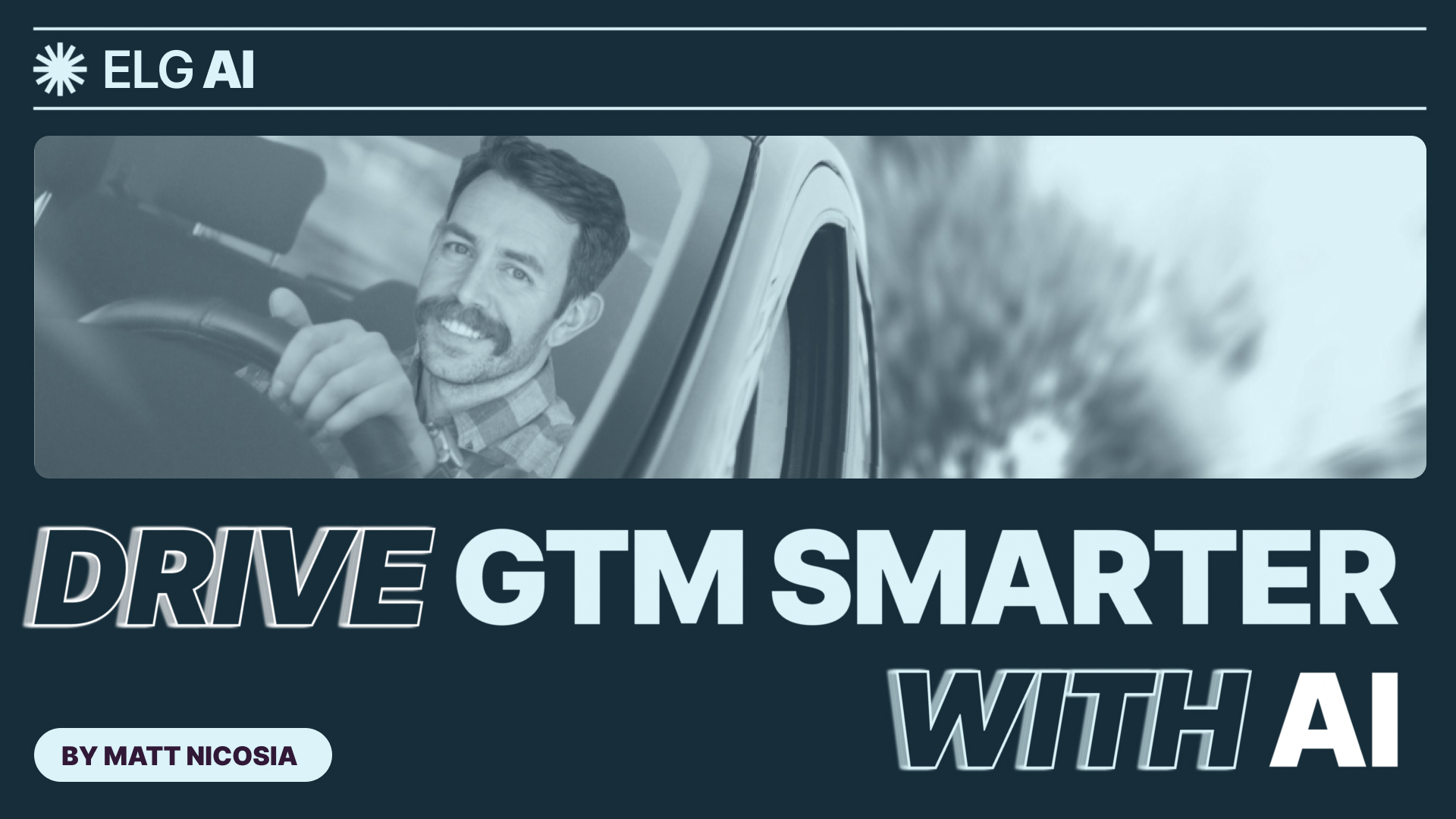




.jpg)



.png)



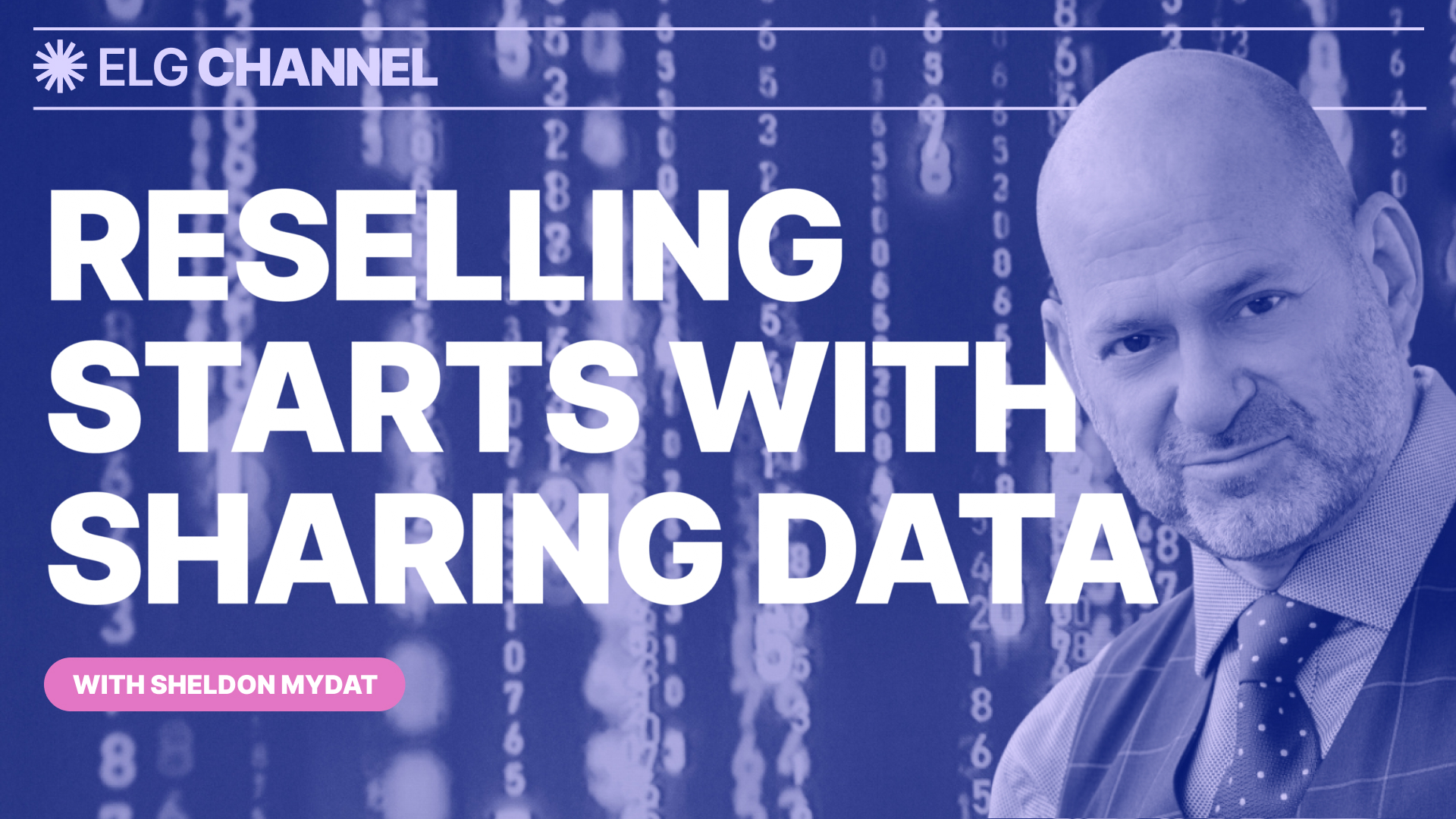


.jpg)





.jpg)

.webp)


















.webp)












